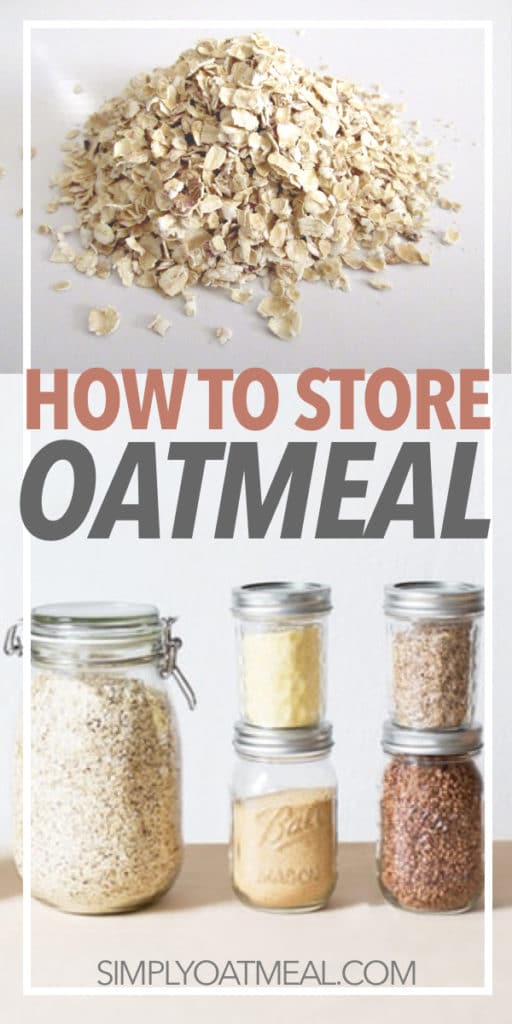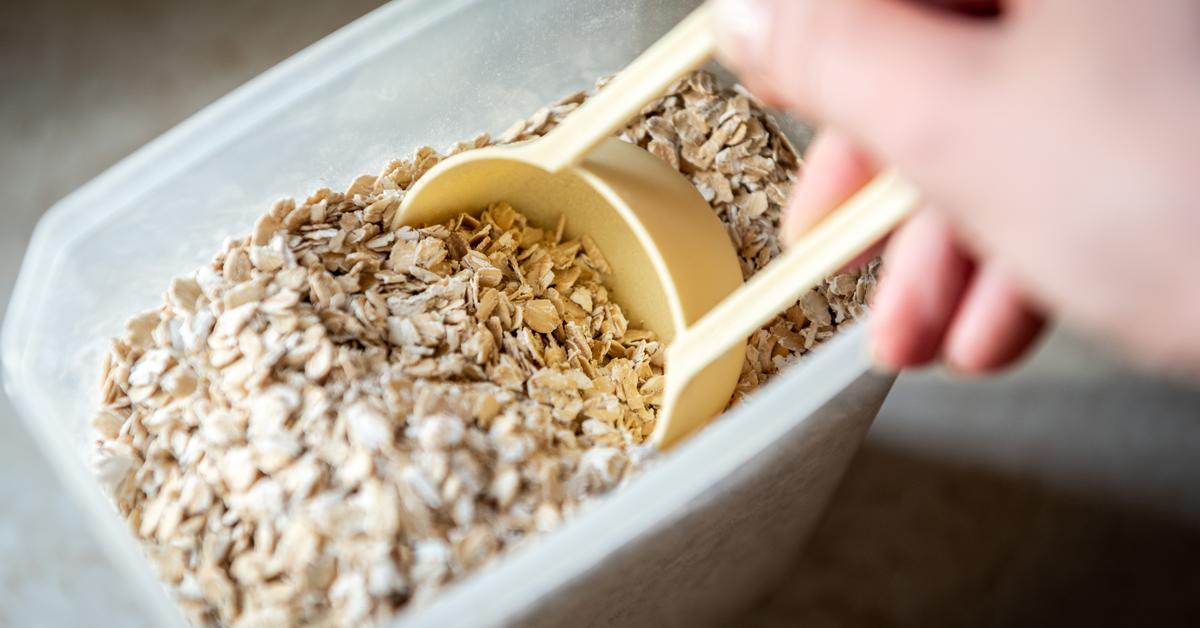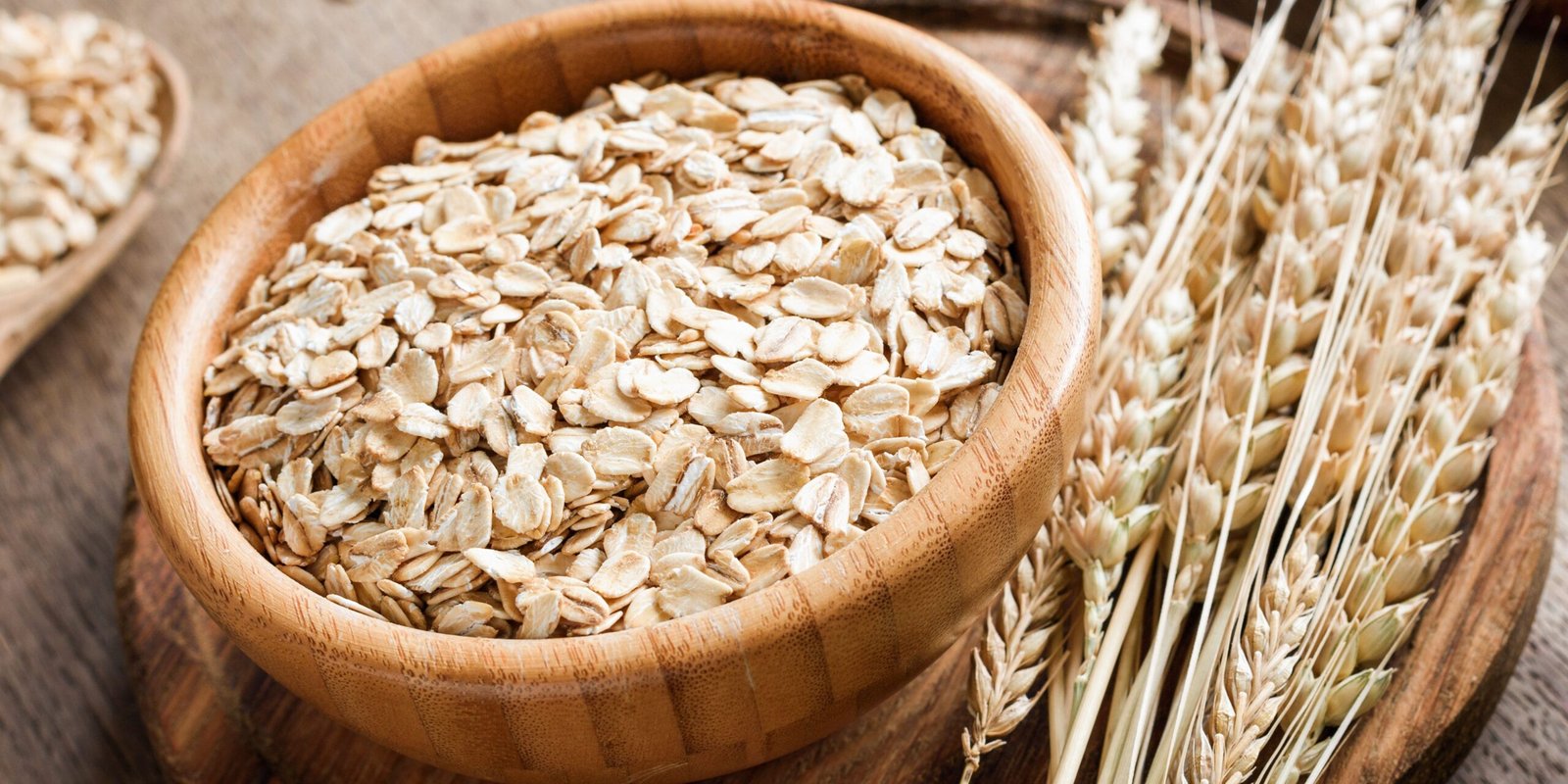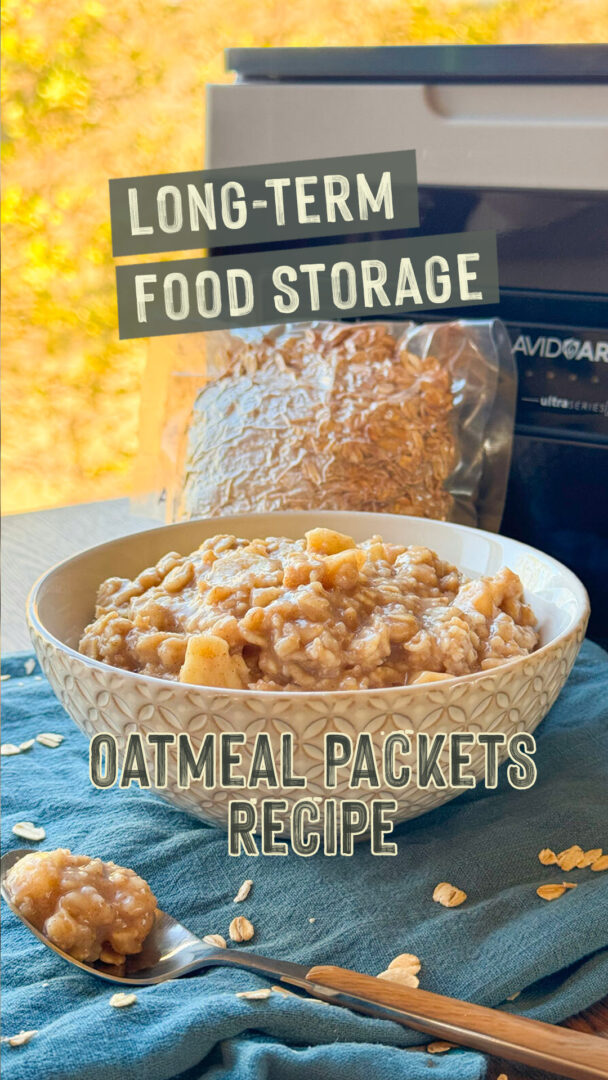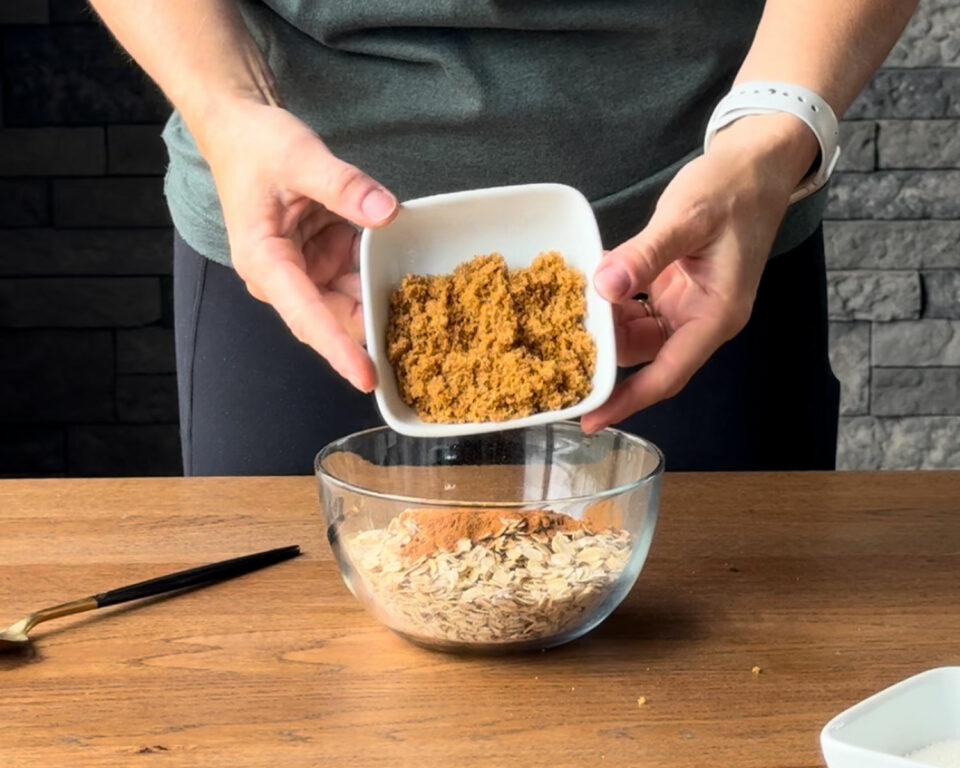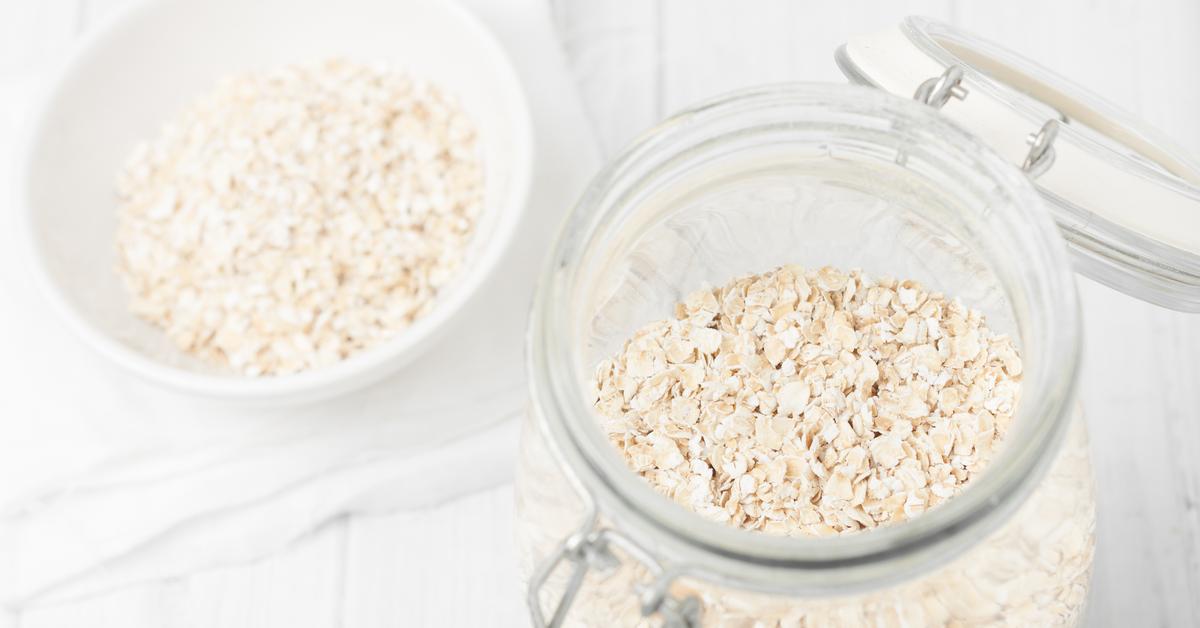How To Store Oatmeal Long Term

Oatmeal, a pantry staple for many, is a versatile and nutritious grain. But ensuring its longevity, especially in fluctuating climates or for long-term emergency preparedness, requires proper storage techniques. Understanding how to store oatmeal effectively can prevent spoilage, maintain its quality, and guarantee a reliable food source when needed.
This article provides a comprehensive guide on how to store oatmeal long-term, covering different types of oatmeal and optimal storage methods. We will explore factors affecting shelf life, practical tips for maximizing freshness, and insights from food safety experts.
Understanding Oatmeal and Its Shelf Life
Oatmeal isn’t just one thing. It comes in various forms, each with a slightly different texture and processing method, impacting its shelf life. The main types are rolled oats (old-fashioned or quick-cooking), steel-cut oats, and oat flour.
Rolled oats, having been steamed and flattened, generally have a shelf life of one to two years when stored properly. Steel-cut oats, being less processed, can last even longer, potentially up to three years. Oat flour, due to its higher surface area, is more susceptible to oxidation and may only last six to twelve months.
These estimates are based on storing oatmeal in a cool, dry environment. Expiration dates on packaging are often “best by” dates, indicating quality rather than safety. Oatmeal is generally safe to consume past this date, provided it shows no signs of spoilage.
Factors Affecting Oatmeal Shelf Life
Several factors can drastically reduce the shelf life of oatmeal. These include exposure to moisture, air, light, and heat.
Moisture is the biggest enemy, leading to mold growth and spoilage. Air exposure causes oxidation, resulting in rancidity and off-flavors. Light degrades the quality and nutrients, while heat accelerates the oxidation process and can attract pests.
Storage conditions significantly influence the longevity of oatmeal. High humidity and temperatures, especially in regions with fluctuating climates, require extra care in packaging and storage locations.
Optimal Storage Methods for Long-Term Preservation
To maximize the shelf life of oatmeal, proper storage is crucial. The goal is to create a barrier against moisture, air, light, and pests.
The most effective method is to store oatmeal in airtight containers. These could be food-grade plastic containers, glass jars with tight-fitting lids, or mylar bags. Ensure the container is completely dry before adding the oatmeal.
For even longer storage, consider using oxygen absorbers.
These small packets remove oxygen from the container, preventing oxidation and significantly extending the shelf life.Mylar bags, when sealed with oxygen absorbers, create an almost impermeable barrier, offering excellent protection for years.
Freezing Oatmeal for Extended Storage
While not a traditional method, freezing oatmeal can significantly extend its shelf life. Place the oatmeal in an airtight, freezer-safe container or bag.
Freezing slows down enzymatic activity and oxidation. Ensure you remove as much air as possible from the bag to prevent freezer burn.
When thawing, do so gradually in the refrigerator to minimize condensation. The texture of the oatmeal might change slightly, but it will remain safe to consume.
Practical Tips for Maintaining Freshness
Beyond the container type, several practical tips can help maintain oatmeal freshness. Store containers in a cool, dark, and dry place. A pantry, basement, or root cellar is ideal.
Avoid storing oatmeal near sources of heat, such as ovens or radiators. Regularly check stored oatmeal for signs of spoilage, such as unusual odors, discoloration, or the presence of pests.
If you notice any signs of spoilage, discard the oatmeal immediately to prevent contamination. When using oatmeal from a long-term storage container, only remove what you need and reseal the container tightly.
The Importance of Food-Grade Containers
Using food-grade containers is paramount for safe long-term storage. Non-food-grade plastics can leach harmful chemicals into the oatmeal, posing a health risk.
Look for containers labeled as BPA-free and specifically designed for food storage. Glass jars are a safe and reusable option, provided they have airtight lids.
Mylar bags, commonly used for long-term food storage, are an excellent choice for oatmeal. They are moisture-proof, light-proof, and can be heat-sealed for maximum protection.
Expert Advice on Long-Term Food Storage
Food safety experts emphasize the importance of proper storage techniques to prevent foodborne illnesses. According to the USDA (United States Department of Agriculture), keeping food at the right temperature and preventing contamination are key to food safety.
Investing in quality storage containers and following best practices can save money and ensure access to nutritious food during emergencies. Rotate your stock regularly, using older containers of oatmeal first to ensure nothing goes to waste.
Consult resources from reputable organizations, such as the FDA (Food and Drug Administration) and local extension offices, for detailed guidance on food storage and safety.
Conclusion
Storing oatmeal long-term is a straightforward process that yields significant benefits. By understanding the factors affecting its shelf life and implementing proper storage methods, you can extend its usability and ensure a reliable source of nourishment. From choosing the right containers to maintaining a cool, dry environment, following these guidelines will help you keep your oatmeal fresh and safe for years to come. This proactive approach ensures that oatmeal remains a valuable and accessible part of your diet, ready whenever you need it.

